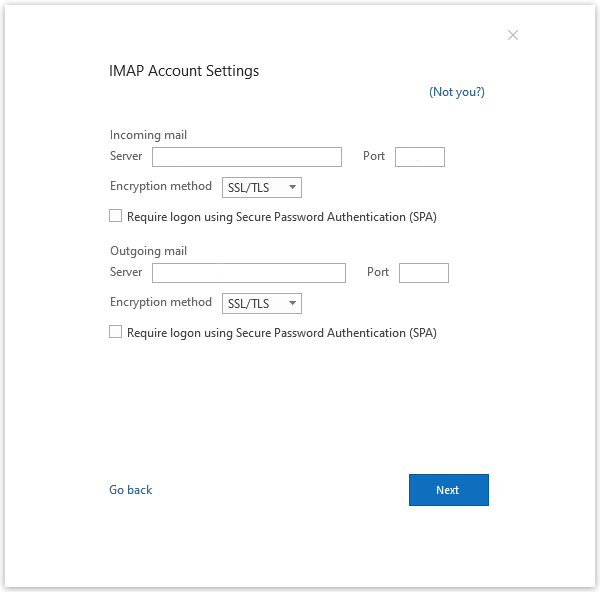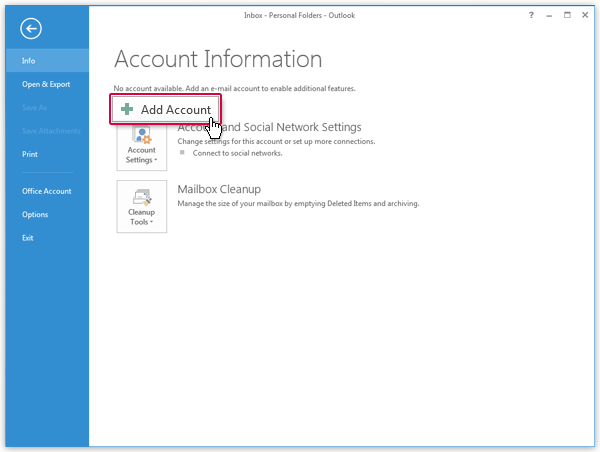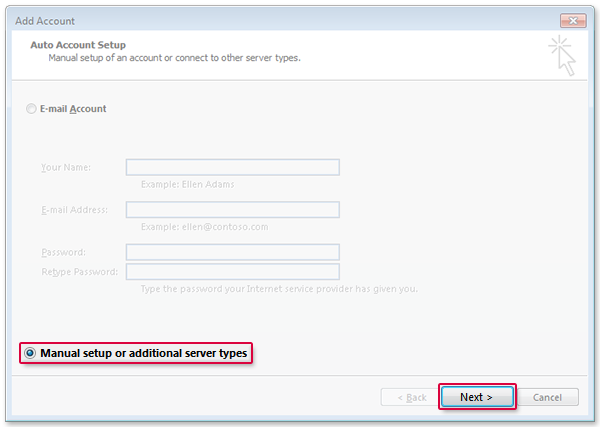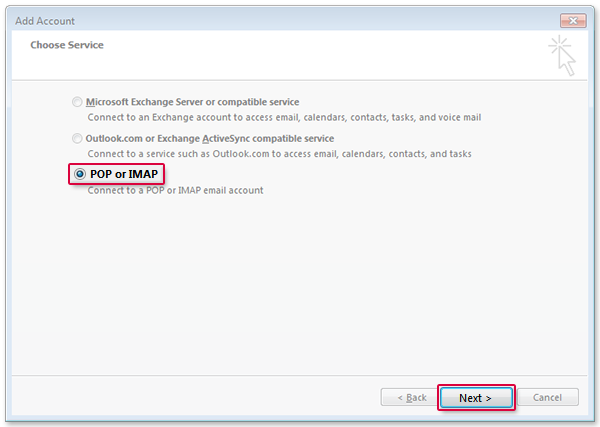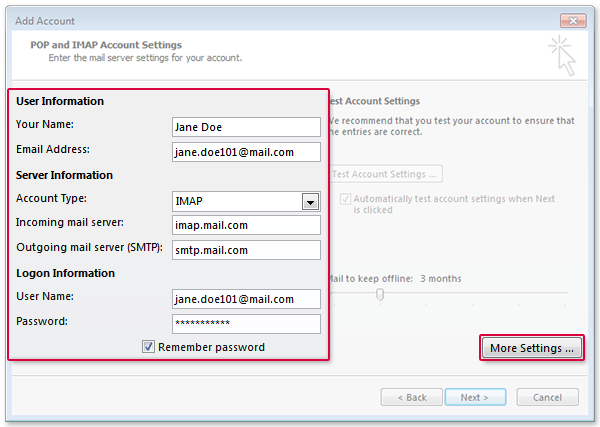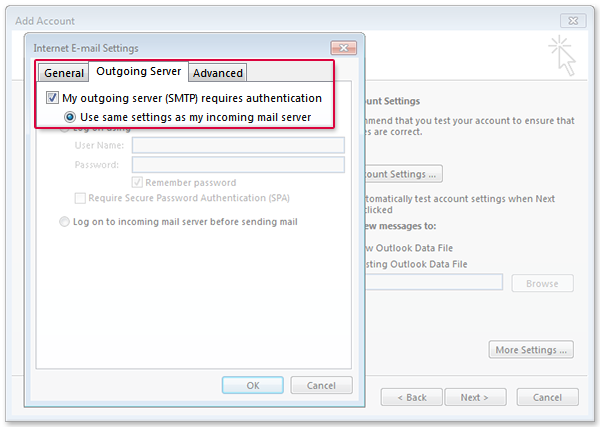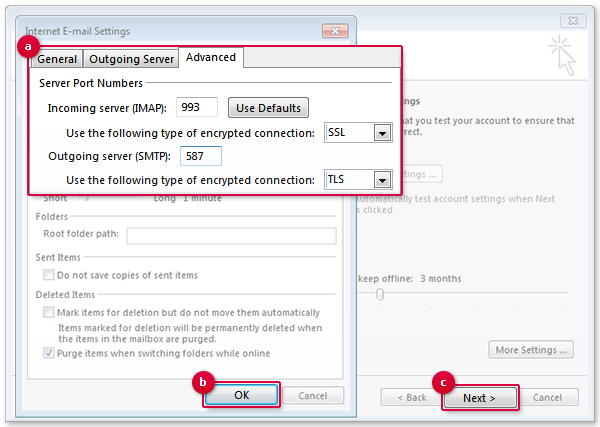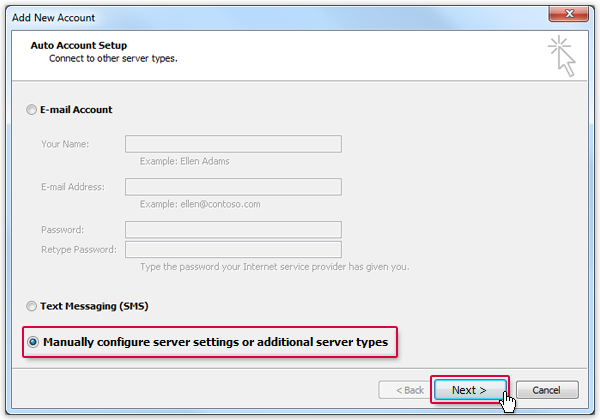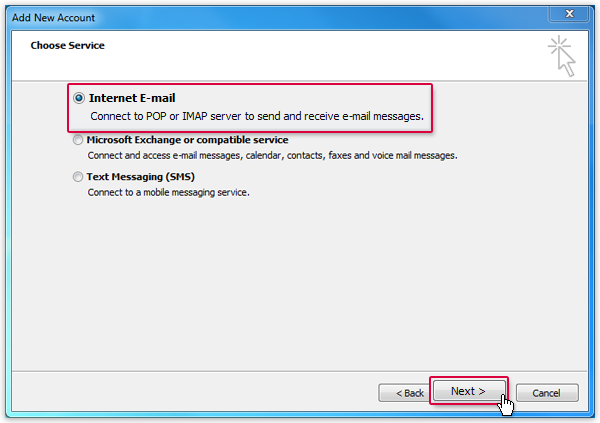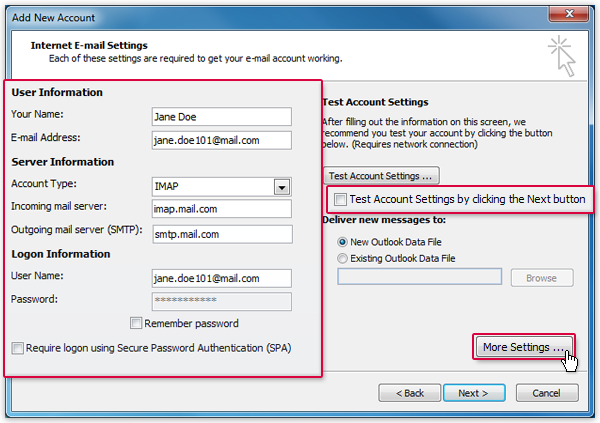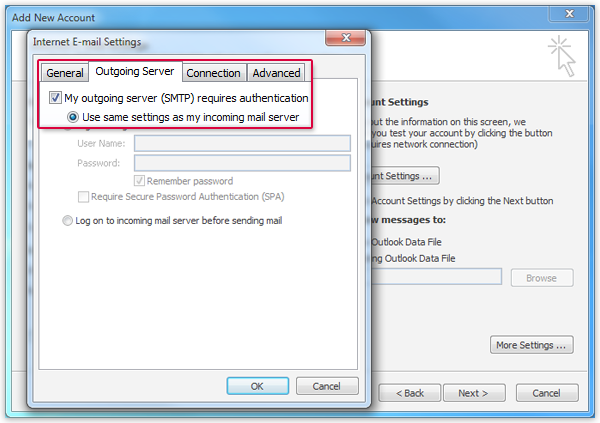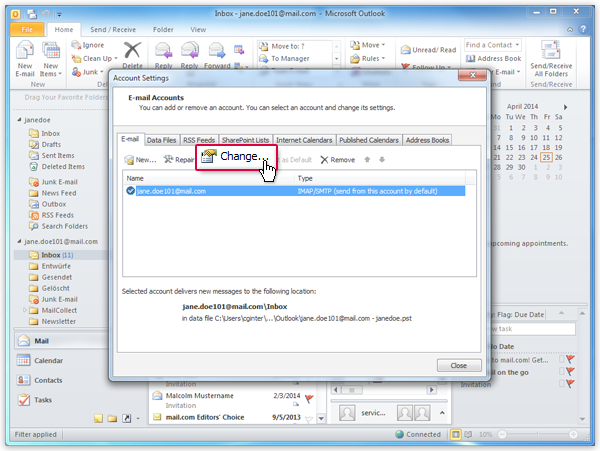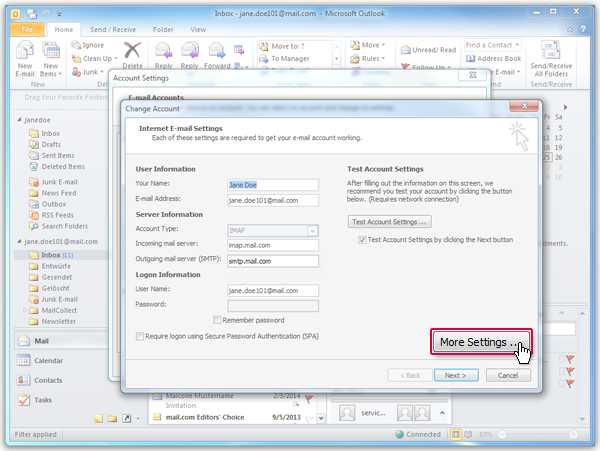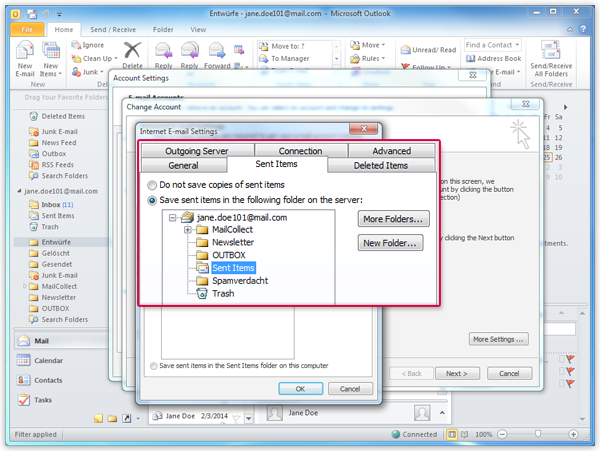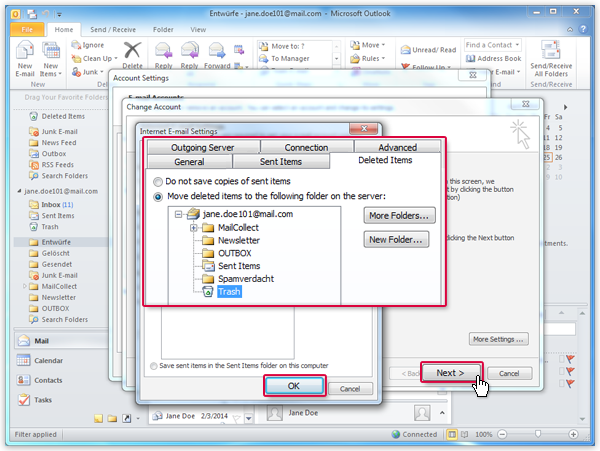Navigation auf-/zuklappen
Setting Up Outlook
Synchronize your mail.com mailbox with Outlook. Your email will be sent to your application in regularly intervals using IMAP.
How to add your email account to Outlook 2019
How to add your email account to Outlook 2013
Requirements:
IMAP is only available to mail.com Premium customers.
How to add your email account to Outlook 2010
Requirements:
IMAP is only available to mail.com Premium customers.
Next step: You need to link the folders so that your email will be filed in the correct folders.
How to link your folders in Outlook 2010
Was this article helpful?
